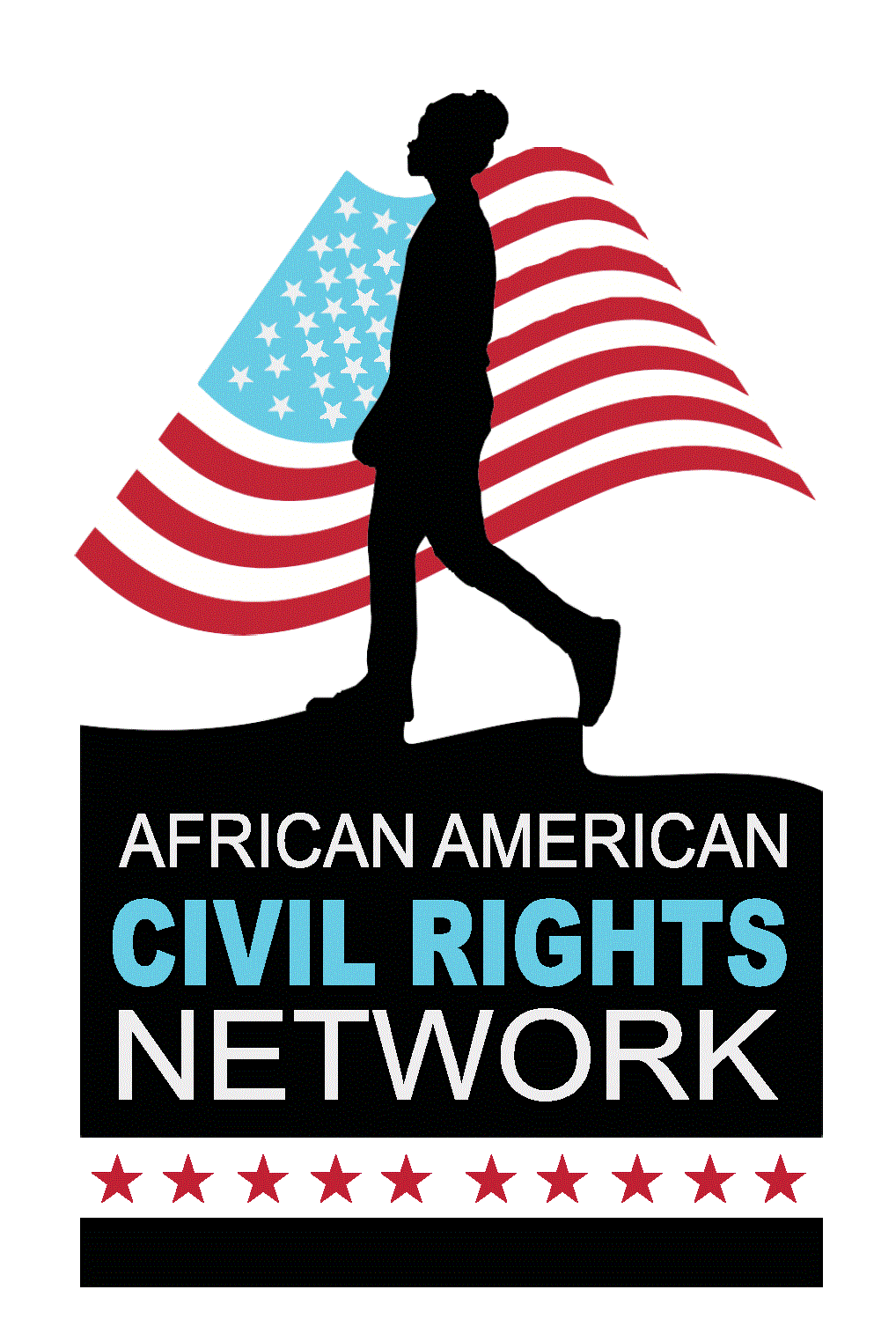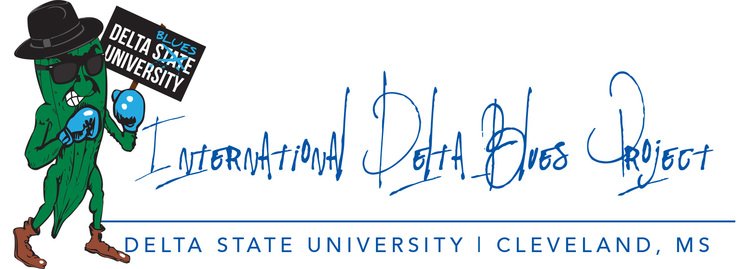Dr. Emily Moore stands in awe of the Smithsonian NMAAHC’s South Carolina Rice Fields exhibit with her husband, Dr. Herman Blake, before visiting the Emmett Till Memorial exhibit. The two are framed by two iconic South Carolina Lowcountry landmarks: historic Angel Oak on John’s Island and a salt marsh at Mosquito Beach, a popular social destination for African Americans during the Jim Crow Era. Photo credit: Dr. Rolando Herts, Mississippi Delta National Heritage Area.
Editor’s Note: How the Smithsonian, National Park Service, and National Heritage Areas tell stories together
During the Alliance of National Heritage Areas (ANHA) Annual Meeting in February 2017, I had the honor of working with Brandi Roberts, Executive Director of Great Basin National Heritage Area (Nevada) Sara Capen, Executive Director of Niagara Falls National Heritage Area (New York) to organize a special ANHA tour of the new Smithsonian National Museum of African American History and Culture (NMAAHC) in Washington, D.C. The tour was arranged in collaboration with Smithsonian Ambassador Mossi Tull and the museum's education division.
National Heritage Areas are cultural heritage partnerships with the National Park Service. The Smithsonian NMAAHC features exhibits that relate to many National Heritage Area stories, including the Mississippi Delta National Heritage Area and the Gullah Geechee Cultural Heritage Corridor, which spans Lowcountry coastal communities shared by four states: North Carolina, South Carolina, Georgia, and Florida.
The following is a powerful reflective essay written by Dr. Emily Moore who experienced the tour with her husband, Dr. Herman Blake, Executive Director of the Gullah Geechee Cultural Heritage Corridor. Dr. Moore’s personal account poignantly illustrates the enduring historical and cultural significance of a 1955 Mississippi Delta story that still resonates with 21st century America: the lynching of African American teenager Emmett Till, an international tragedy widely cited as the “spark that lit the fuse” of the modern Civil Rights Movement.
- Rolando Herts, Ph.D., The Delta Center for Culture and Learning and the Mississippi Delta National Heritage Area







